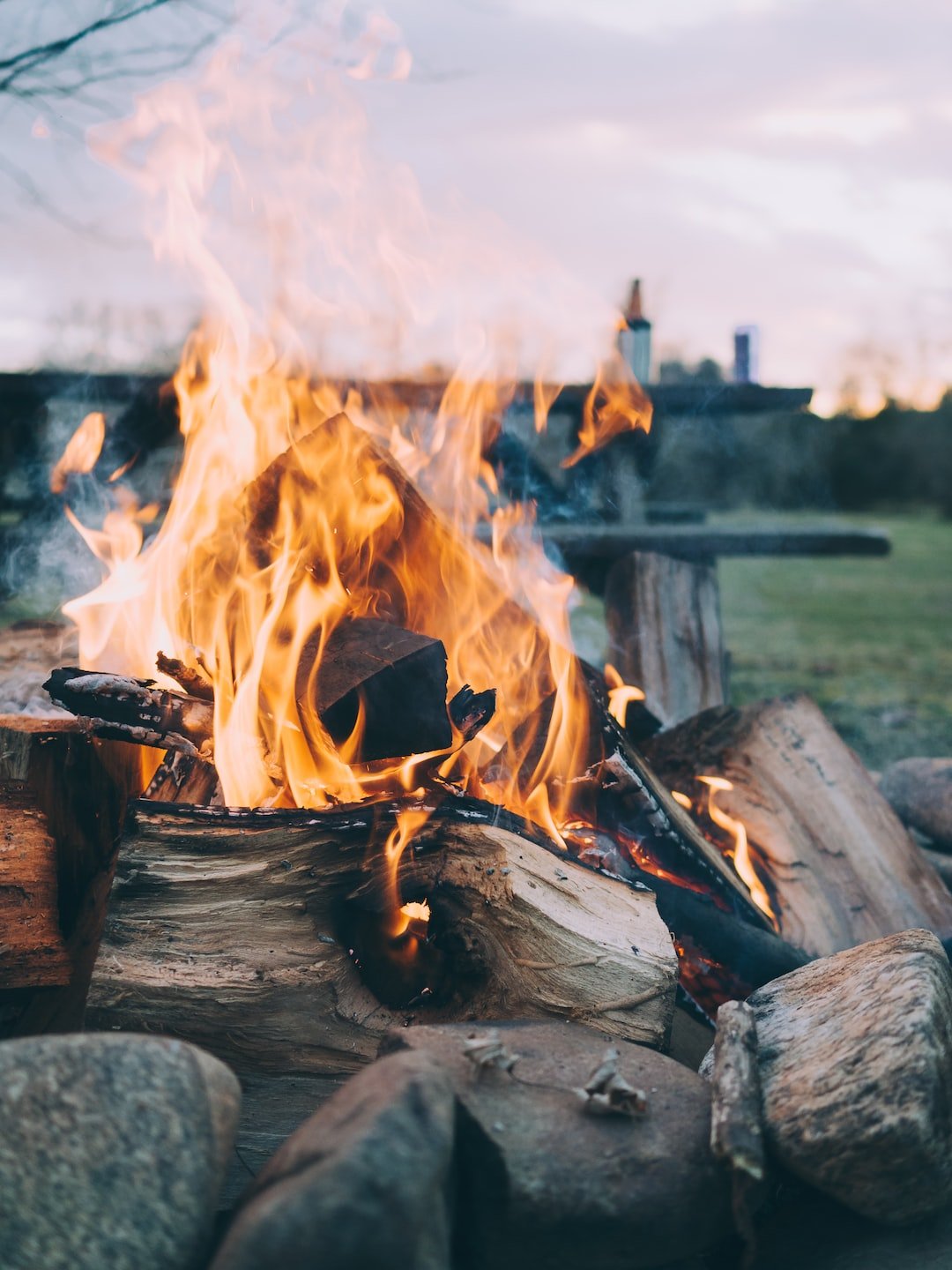Campfires are a quintessential part of the outdoor experience, providing warmth, light, and a sense of community. However, it’s crucial to practice proper campfire etiquette to ensure a safe and sustainable experience for all.
Campfire Safety:
Choosing a Suitable Location:
Selecting the right location for your campfire is paramount. Choose a spot away from flammable materials like dry grass, leaves, and overhanging branches. Additionally, avoid windy areas to minimize the risk of sparks spreading. If possible, use an existing fire ring or create one using rocks or dirt.
Building a Safe Fire:
Start your fire with dry and seasoned wood. Avoid using green or wet wood, as it produces more smoke and is harder to control. Begin with a small fire and gradually add fuel as needed. Keep the fire size manageable and never leave it unattended.
Firewood Management:
Gathering Firewood Responsibly:
When gathering firewood, collect fallen branches and deadwood from the ground. Refrain from cutting down live trees, as this can damage the forest ecosystem. If certified firewood is available, opt for that to prevent the spread of invasive species.
Transporting Firewood:
Use proper containers or bags to transport firewood to prevent the spread of invasive species. Clean your gear and vehicles thoroughly after each use to prevent the spread of pests and diseases.
Campfire Etiquette:
Respecting Other Campers and Wildlife:
Be mindful of other campers and wildlife. Keep noise levels low, especially at night, to avoid disturbing others. Avoid loud music or disruptive behavior. Respect wildlife by not disturbing their habitats or feeding them.
Leaving No Trace:
Always clean up your campfire area before leaving. Properly extinguish the fire by dousing it with water and stirring the ashes until they are cold to the touch. Pack out all trash and food scraps, leaving no trace of your presence.
Environmental Impact:
Minimizing the Impact on the Environment:
Use fire-resistant materials for cooking and seating to protect the ground from heat damage. Avoid using chemicals or accelerants, as they can pollute the air and soil. Protect water sources and vegetation from fire and pollution by keeping your campfire contained and away from sensitive areas.
Promoting Sustainability:
Use renewable energy sources like solar panels or portable wind turbines for cooking and lighting. Choose eco-friendly products and materials, such as biodegradable dishware and utensils. Educate others about responsible campfire practices to promote a sustainable outdoor culture.
Conclusion:
Adhering to campfire etiquette is essential for a safe and sustainable outdoor experience. By practicing responsible campfire habits and respecting the environment, we can ensure that future generations can enjoy the beauty and tranquility of campfires for years to come.

